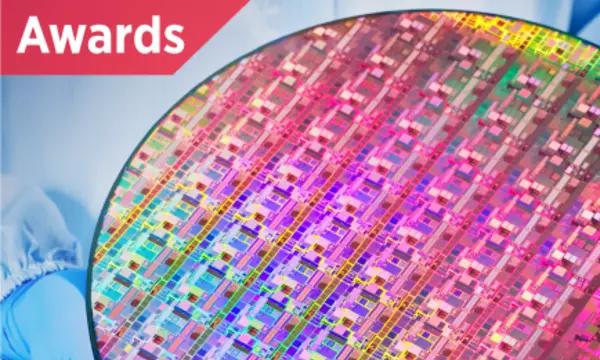About CHIPS for America
Semiconductors, or chips, are tiny electronic devices that are integral to America’s economic and national security. These devices power tools as simple as a light switch and as complex as a fighter jet or a smartphone. Semiconductors power our consumer electronics, automobiles, data centers, critical infrastructure, and virtually all military systems. They are also essential building blocks of the technologies that will shape our future, including artificial intelligence, biotechnology, and clean energy.
While the United States remains a global leader in semiconductor design and research and development, it has fallen behind in manufacturing and now accounts for only about 10 percent of global commercial production. Today, none of the most advanced logic and memory chips—the chips that power PCs, smartphones, and supercomputers—are manufactured at commercial scale in the United States. In addition, many elements of the semiconductor supply chain are geographically concentrated, leaving them vulnerable to disruption and endangering the global economy and U.S. national security.
When the bipartisan CHIPS and Science Act of 2022 was signed into law, it provided the Department of Commerce with $50 billion for a suite of programs to strengthen and revitalize the U.S. position in semiconductor research, development, and manufacturing—while also investing in American workers. CHIPS for America encompasses two offices responsible for implementing the law: The CHIPS Research and Development Office is investing $11 billion into developing a robust domestic R&D ecosystem, while the CHIPS Program Office is dedicating $39 billion to provide incentives for investment in facilities and equipment in the United States.
News and Press Releases
Awards
To request a meeting with a CHIPS staff member or an appearance at an event, visit https://askchips.chips.gov.
The CHIPS Incentives Program Portal can be found at https://applications.chips.gov.
Contacts
-
For General Inquiries about CHIPS for America
-
For CHIPS Incentives Program inquiries
-
For Congressional inquiries about CHIPS for America










